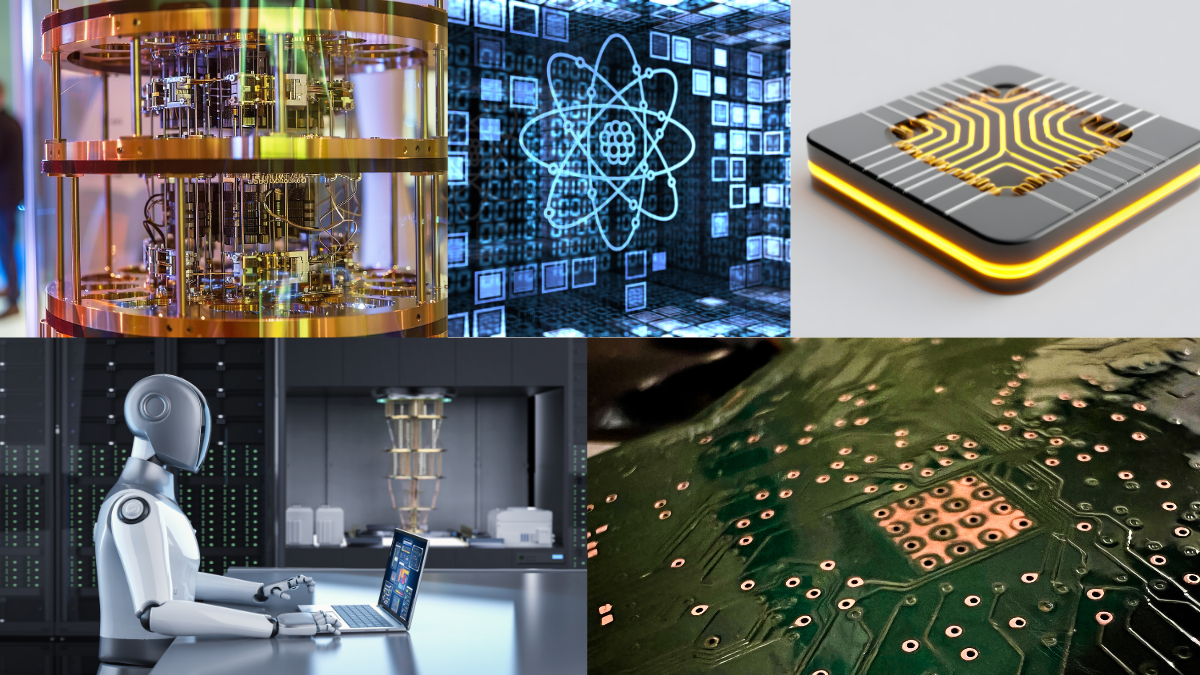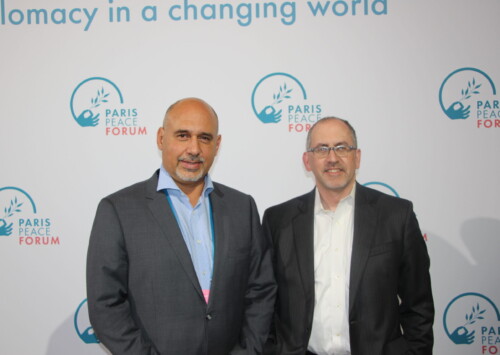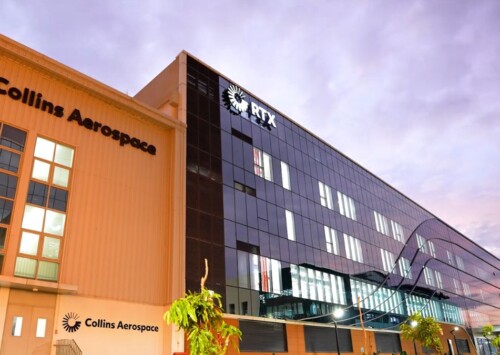5 next-generation computing technologies shaping the future in 2025
AI, photons and atoms drive next-generation breakthroughs in quantum science

Advancements in quantum science, AI integration, and novel processor architectures are setting the stage for breakthroughs
Quantum innovations are redefining computing in 2025, from AI-driven quantum control to photonic and neutral atom processors, driving breakthroughs in security, sensing, and stability that promise transformative industrial and scientific impact.

Advancements in quantum science, AI integration, and novel processor architectures are setting the stage for breakthroughs
In 2025, computing innovation is crossing remarkable boundaries. Advancements in quantum science, AI integration, and novel processor architectures are setting the stage for breakthroughs that could redefine industries from healthcare to finance.
Below are five cutting-edge computing technologies leading this transformation.
Quantum computing advancements
Quantum computing has moved beyond the realm of theory into actionable prototypes and early commercial use cases. Companies like IBM, Google, and IonQ are racing to deliver quantum systems capable of solving problems that classical supercomputers cannot approach in reasonable timeframes. By leveraging qubits, quantum bits that can exist in multiple states simultaneously, modern quantum machines can execute complex simulations in protein folding, materials science, and cryptography at unprecedented speeds.
In 2025, the focus has shifted from raw qubit counts to error correction and stability, enabling sustained quantum operations over longer periods.
Quantum communication
As quantum computing becomes more powerful, so does the need for secure information exchange. Quantum communication uses principles such as quantum entanglement and quantum key distribution (QKD) to create nearly unbreakable encryption. In 2025, several countries, including China and members of the EU, are deploying quantum communication networks at intercity and transnational scales. These systems encode information in the quantum properties of photons, making any interception instantly detectable.
Emerging hybrid systems now integrate classical fiber-optic infrastructure with quantum channels, expanding reach while maintaining quantum-grade security.
Quantum sensing
Quantum sensing harnesses the extreme sensitivity of quantum systems to measure physical quantities like time, gravity, acceleration, and magnetic fields with unprecedented precision. In 2025, applications range from navigation systems that operate without GPS signals to medical imaging able to detect diseases at their earliest stages. These sensors exploit quantum phenomena such as superposition and entanglement to detect minuscule changes in the environment. Defense agencies are trialing quantum radars capable of detecting stealth aircraft, while geologists use quantum gravimeters for mineral exploration.
AI-driven quantum control
One of the biggest challenges in quantum computing is managing qubit stability in the face of decoherence and noise. In 2025, AI-driven quantum control systems are increasingly becoming integral to the operation of quantum processors. Machine learning algorithms analyse vast streams of quantum device data in real time, predicting errors before they occur and dynamically adjusting parameters to maintain fidelity. These control mechanisms allow researchers to scale quantum architectures more efficiently.
AI-based optimisation is enabling quantum experimentation cycles to be faster and more productive, dramatically reducing the time from concept to practical application. Cloud-based AI control frameworks are also emerging, letting developers fine-tune quantum workflows remotely across diverse hardware platforms.
Photonic and neutral atom quantum processors
Beyond traditional superconducting qubits, alternative architectures are making headlines in 2025. Photonic quantum processors use light particles (photons) as qubits, offering advantages such as high-speed operation, full compatibility with existing telecom infrastructure, and room-temperature processing capabilities. Startups are developing photonic chips that promise scalable quantum systems without the need for cryogenic cooling.
Neutral atom quantum processors, meanwhile, trap individual atoms using lasers and manipulate them to perform quantum logic operations. This platform offers dense qubit arrays with high connectivity, making it ideal for certain large-scale computations.
Advances in laser precision, atom cooling, and multi-qubit entanglement are positioning neutral atom systems as strong contenders for commercial quantum solutions.









